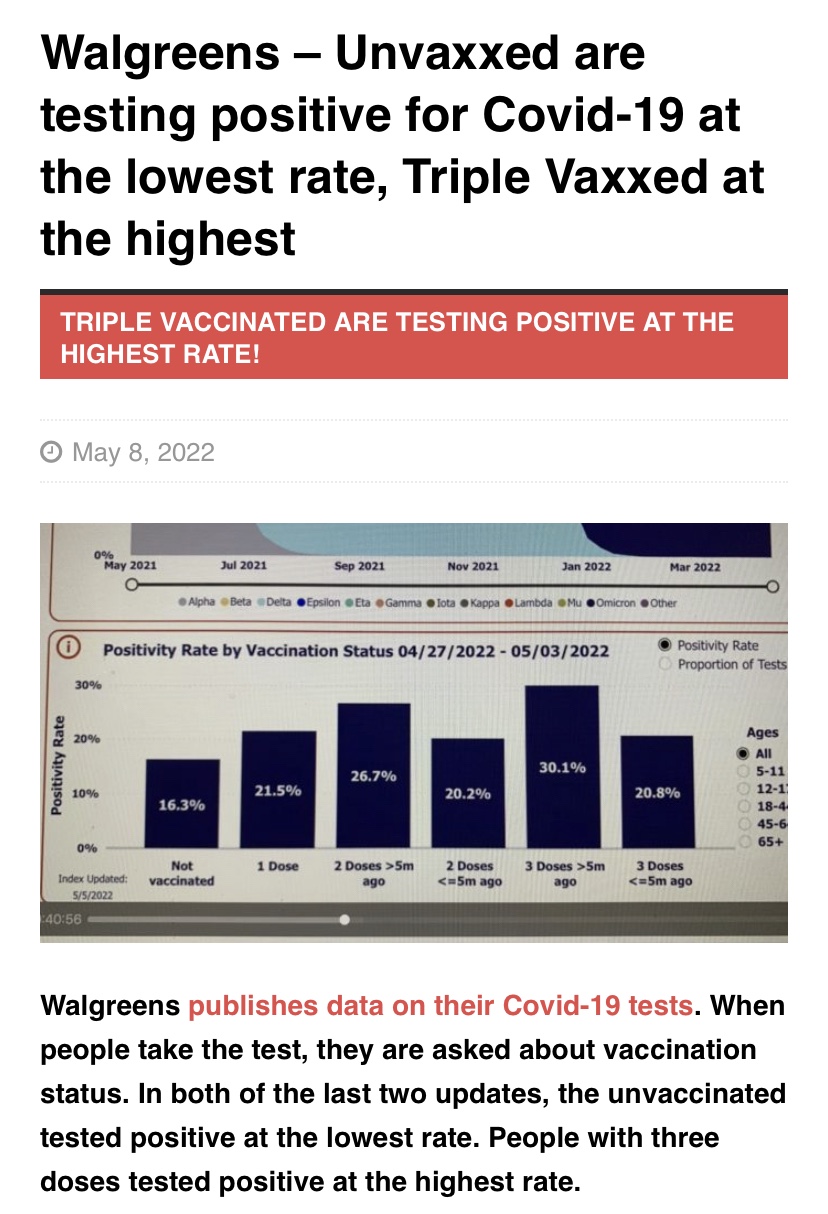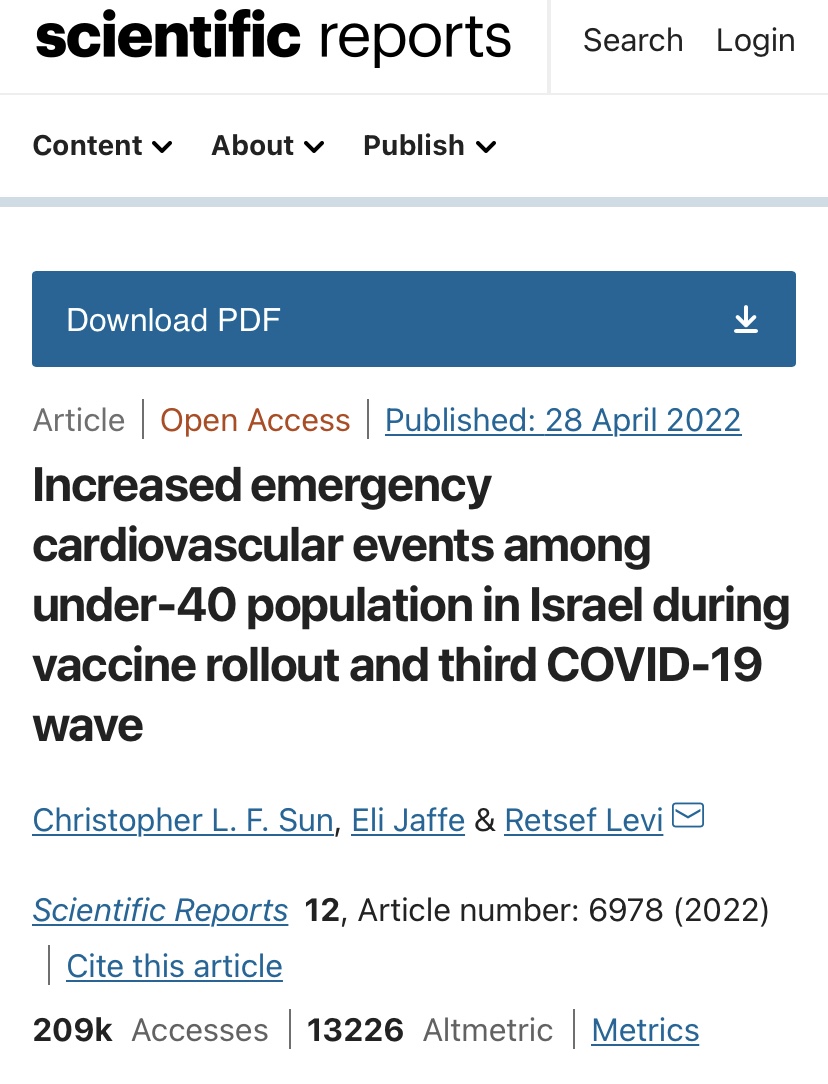NURSE CLAIRE REPORTING:
If you have a baby right now, you need to read this post. (*note: the information below is not intended to be medical advice – just sharing info from mom to moms. )
ICYMI, there is a massive shortage of baby formula in this country. I am not here to debate the merits of breastfeeding……everyone has heard “breast is best” but some women cannot breastfeed for a number of legitimate reasons. 85% of American babies start out being breastfed, but most do not continue. The reasons for this are multifaceted & beyond the scope of this post. So, if you’re looking to criticize these women, then move on and remember even St Therese’s mother had to entrust her to the care of a wet nurse. The point of this post is to charitably help those who are truly struggling to feed their babies right now. This multi-part series will look at the abysmal standards of U.S. infant formula, the higher standards maintained in other parts of the world, and the actions of the U.S. government to help ease this crisis.
But first, let’s quickly look at what’s got so many moms scrambling for help. In November 2021, a nationwide formula shortage emerged and was attributed to “supply chain shortages.” In February, an outbreak of Salmonella and Cronobacter exacerbated the shortage when Abbott Laboratories voluntarily recalled four of their most popular brands. Even though an investigation has determined Abbott’s formula was not the result of the illnesses, its manufacturing facility remains shuttered some three months later per the FDA and no timeline for its reopening has been given. Regardless of the reason, there is no end in sight: the national formula supply was down 43% last week, an increase from the week prior which saw the shortage at 40%.
So what can moms do? Importing European baby formula is an option especially in light of the fact that it’s of higher quality and is generally healthier than its American counterparts (more on this later). One such importer is www.formuland.com , a site I have personally used. However, it appears this idea has caught on with moms of hungry babies & many of the European products are rapidly selling out – get them if you can. The Biden Administration, of course, is limiting retailers from ordering imported formula, so I don’t expect these supplies to be replenished any time soon. If you can employ a trusted friend or relative as a wet nurse, then certainly that’s an option available to you. Human milk banks are also a potential source of milk, but there are some cons. First, that milk is pasteurized, which can damage proteins and destroy micronutrients. Second, can you really trust anyone to be unvaccinated & following a healthy lifestyle? How would you know if said donor just guzzled an entire pot of coffee before pumping out caffeinated milk for your baby? Or worse? Tons of websites have popped up where women are selling their breast milk, but how safe and reliable is that? By my estimation, there is really only one option: MAKE YOUR OWN.
Perhaps this shortage is a blessing in disguise; American infant formula is the epitome of processed food, often containing soy, genetically modified components, pesticide-laced ingredients, and synthetic, lab-created nutrients. Making your own homemade baby formula seems like the cleanest, healthiest, non-breast milk option to nourish your baby. Source raw milk if you can; otherwise, choose grass-fed, organic milk that has been pasteurized, not “ultra-pasteurized” which completely destroys nutrients by denaturing proteins. If your baby has a cow milk allergy, goat milk is the best alternative. You will need to add nutrients, since cow and goat milk lack the completeness of human milk. There are a multitude of recipes available online to make your own infant formula, but caution is warranted: Never use any “vegan” or vegetarian recipes. Never use skim milk, 1%, 2% or fat free milk as babies need fat for the development of their nervous system. And always source organic ingredients.
Here is just one example of a quality homemade formula:
2 cups raw cow milk OR organic grass-fed, whole milk yogurt
1 7/8 cups filtered water
1/4 cup liquid whey (straining the yogurt will provide this – do not use powdered whey)
4 Tablespoon lactose
1/4 tsp Bifidobacterium infantis powder
2-4 Tablespoons raw or pasteurized cream (2 tablespoons if milk is from Jersey cows, 4 if milk is from Holstein)
1/2 tsp cod liver oil unflavored (do not substitute fish or krill oil as they lack vitamin D)
1/4 tsp butter oil unflavored
1 tsp sunflower oil (ONLY cold-pressed, organic, and unrefined)
1 tsp organic extra virgin olive oil
2 tsp organic virgin coconut oil
2 tsp nutritional yeast (use the smallest flakes you can find so they fit through bottle nipples)
2 tsp grass fed gelatin
1/4 tsp acerola powder
Instructions:
Fill a 2 cup measuring cup with filtered water and remove 2 tablespoons (this will give you 1 7/8 cup water).
Pour about half the water into a pan and heat on medium.
Add the gelatin and lactose and let dissolve, stirring occasionally.
When gelatin and lactose are dissolved, remove pan from heat and add the rest of the water to cool.
Stir in the coconut oil and butter oil until melted.
Put remaining ingredients in a blender.
Add the water mixture and blend for a few seconds.
Place baby bottles or a glass jar and refrigerate.
When ready to use, warm in a pan of heated water or a bottle warmer. NEVER microwave!
Many of these ingredients can be sourced here: https://www.radiantlifecatalog.com/ nourishing-traditions-kit-for-homemade-baby-formula-domestic-version/
It’s important to make this fresh every day or two.
If baby struggles with constipation, 1 teaspoon of molasses can be added.
If cow milk is unavailable, goat milk is suitable, but be aware it must be used with caution as it lacks folate and is low in vitamin B12, both of which are necessary. Therefore the addition of nutritional yeast to provide folate is essential, along with finely-grated chicken liver.
The Weston A. Price foundation has many resources available on this topic. I highly recommend visiting their articles to learn more (www.westonaprice.org) and to find non-cow- milk recipes.
Raw milk can be sourced here: www.realmilk.com or GetRawMilk.com
Next up, we will take a closer look at the horrific products that pass for “infant formula” these days so stay tuned for part two. In the meantime, happy feeding! – Nurse Claire







